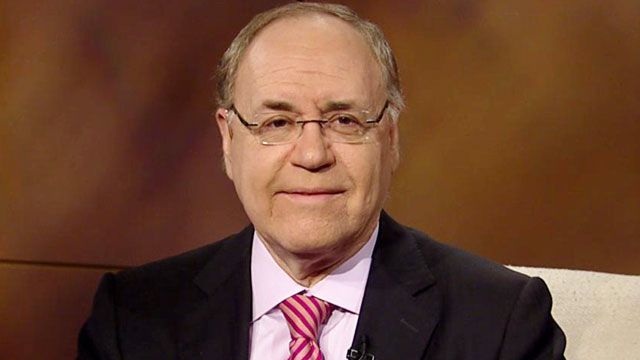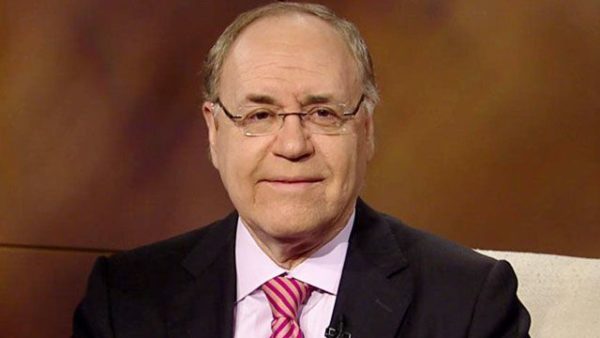
17 Oct How to Age Backward
Marc Siegel MD is a professor of medicine and medical director of Doctor Radio at NYU Langone Medical Center. He is a Fox News Medical Correspondent. And Siegel was a featured speaker at Telluride First’s 2016 Integrative Wellness Summit. The theme was “Looking Forward, Aging Backward: Frontiers of Health, Wellness & Brain Science.” Dr. David Agus spoke about a world in which we can train our immune system to fight cancer; edit our DNA to avoid a certain fate; erase the risk of a heart attack; reverse aging; and know exactly which drugs to take to optimize health with zero side effects. Chris Crowley and Bill Fabrocini spoke about the revolution in aging as a result of consistent physical activity. Bill put those words in practical action in break-out sessions. Dr. Alan Safdi, a part-time local and member of Telluride First’s advisory board did what he always does beautifully: he offered up a menu of behavioral tweaks that, if done consistently, could enhance and prolong our lives. And so on. Missed it? Sign up for next year, the third annual. Missed it? Dr. Siegel sums up what he had to say at the end in an article about aging backward. His story appeared earlier this month in The Observer. Siegel’s belief: there is an elixir of life and it can be found using a simple, pragmatic approach. Curious? Read on….

Dr. Marc Siegel
Alternative medical treatments may spring from the limitations of standard science but then too quickly replace them with the anecdotal or even quackery. Acknowledging this problem is what set the Telluride Integrative Wellness Summit on “Aging Backward” apart. I recently attended the conference as a featured speaker and was instructed to make sure that my talk and my seminar were grounded in the provable.
I warmed to my signature topic of how fear drives us, how it overwhelms our ability to reason and to see risk and danger in perspective, how once we feel vulnerable we overpersonalize risks, especially to our health and personal safety. We watch accounts of other victims and believe we will be next. (Zika is the latest example of a health scare where videos of babies with microcephaly make us all afraid even if the risk to our health is remote. Reckless calls to have the Olympics expensively postponed or moved from Brazil gained public traction this summer but were not founded by science and ultimately proved absurd when not even a single case of Zika afterwards could be traced to the Games).
The science behind fear grounded and empowered my speech in Telluride. Fear centers itself in the Amygdala and limbic system of the brain, the so-called hard wiring, inherited from our animal forbears, quite capable of creating its own overriding fear memories that drive our responses. We release catecholamines, rev up our cardiac engines, prepare to fight or flee, all based on an irrational response to remote dangers and a carryover from our days as cavemen. The amygdala hijacks the rest of the brain and we are powerless to reason our way out of it. Our blood pressure and heart rate increase and our health is impacted. We get sick more easily and age more quickly.
What is the solution? It turns out that positive emotions also course through the same brain centers. Courage and laughter and love can cure our fears by replacing them. I experienced this cure myself as I slowly recovered from a paralyzing cycle of worry after the birth of my first child. Sticking to a schedule, surrounding myself with people who made me feel better, sleeping at least 6 hours per night, committing to 40 minutes or more of cardiovascular exercise per day while consuming a diet rich in plants, added up to a step by step positive replacement of fear and stress.
I asked my audience to recall a healthy activity from earlier in their lives that was associated with a strong positive emotion. Use the memory to flood the amygdala and rejuvanate that activity, I urged them. For me it was cycling. I had ridden by bicycle across the U.S. twice in my late teens and early twenties, an act of perseverance and personal courage. But it wasn’t until 35 years later that President George W Bush issued me a challenge to take that bicycle out of mothballs and use it to build up the leg strength to be able to ride a 100 kilometers on mountain bike trail with him and 19 wounded war fighters in Palo Duro Canyon, Texas, the toughest trail in the country. If I could complete the task in 105 degree heat I would earn an exclusive interview with the former Commander in Chief himself.
I fell 27 times and rode over a rattlesnake, and with ambulances circling in the road above the trail, inspired by the wounded veterans I rode with, I managed to complete the task. My amygdala was roaring with emotional memory, flashing me back to the ambitious rides of my youth. The interview with Bush has inspired me in the years since, where I ride bicycles almost daily, lowering my blood pressure, my weight, my glycemic index, improving my physical and mental health. Aging backwards, the signature expression of the Telluride Wellness Summit.
After my talk I met with a smaller group of participants in a breakout session…


Sorry, the comment form is closed at this time.